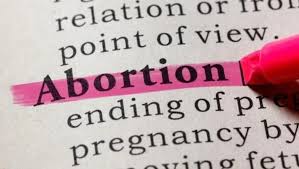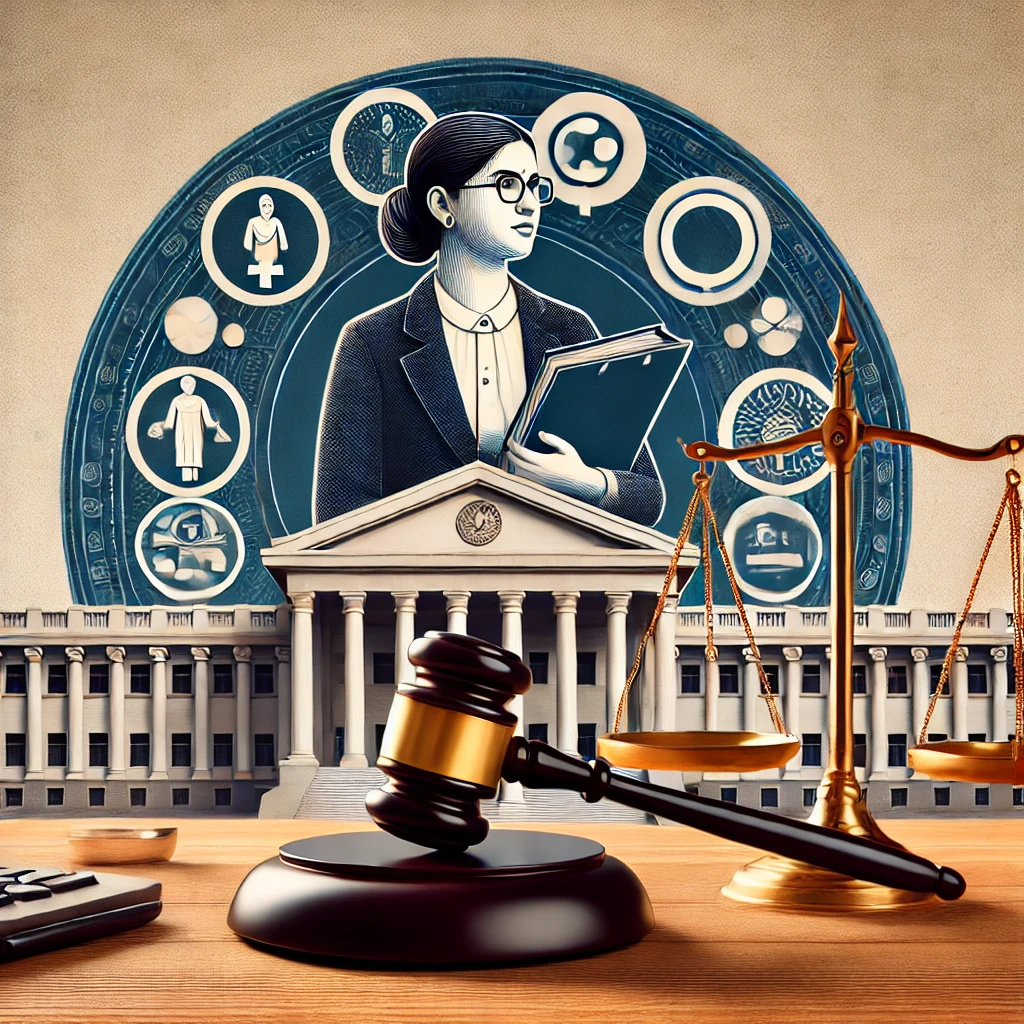Woman laws at Vietnam
Vietnam has established a comprehensive legal framework to promote gender equality and protect women's rights. Here's an overview of key laws and policies:
⚖️ Legal Framework for Gender Equality
Constitution of Vietnam (2013): Affirms that all citizens are equal before the law, with specific provisions ensuring gender equality in various aspects of life .
Law on Gender Equality (2006): A foundational piece of legislation aimed at eliminating gender-based discrimination, promoting equal opportunities for men and women in socio-economic development, and fostering cooperative relationships between genders . ([PDF] 2006 Law on Gender Equality)
Law on Domestic Violence Prevention and Control (2022): Superseding the 2007 law, this updated legislation adopts a human rights-based and survivor-centered approach to combat domestic violence, including provisions applicable to foreigners residing in Vietnam . (Law on Domestic Violence Prevention and Control)
👩⚖️ Women's Rights in Employment and Political Participation
Employment Rights: Vietnam has eliminated all restrictions on women's employment, allowing them to work in industrial jobs and retire with partial pension benefits. Women are entitled to 30 minutes of paid leave during menstruation for at least three days per month, subject to mutual agreement with employers . ([PDF] Vietnam - Women, Business and the Law)
Political Representation: The Gender Equality Law mandates equal participation of men and women in state management and social activities. It includes measures to ensure an appropriate proportion of female deputies in the National Assembly and People's Councils, as well as in leadership positions within state agencies . (WOMEN'S POLITICAL RIGHTS IN INTERNATIONAL LAW AND ...)
🏠 Domestic Violence and Protection
Legal Provisions: Domestic violence is defined under the Law on Domestic Violence Prevention and Control, encompassing physical, psychological, and sexual abuse. Victims have access to both civil and criminal legal remedies . (Law on Domestic Violence Prevention and Control)
Implementation Challenges: Despite legal advancements, domestic violence remains prevalent, with over 60% of Vietnamese women aged 15–64 reporting experiences of abuse in their lifetime. Cultural norms and underreporting continue to pose significant challenges . (Inside Vietnam's Fight against the Silent Epidemic: Domestic Violence)
📚 Education and Reproductive Rights
Education: Vietnam has achieved gender parity in secondary education, with equal enrollment rates for boys and girls. However, challenges persist in higher education and vocational training, particularly in rural and ethnic minority areas .
Reproductive Rights: The law provides for maternity leave with full pay, and there are provisions for family planning services. However, access to reproductive health services can be limited in remote areas, and there are ongoing efforts to improve services and education .
🌍 International Commitments
CEDAW: Vietnam has ratified the Convention on the Elimination of All Forms of Discrimination Against Women (CEDAW) and is committed to aligning its national laws with international standards .
SOGIESC Inclusion: While the legal framework refers to gender equality in binary terms (male and female), there is an ongoing discussion about broadening the scope to include sexual orientation, gender identity, and sex characteristics (SOGIESC) . (Publication: Gender Inclusive Legislation in Vietnam)
Vietnam's legal framework for women's rights is robust, with significant strides made in gender equality. However, challenges remain in implementation, cultural attitudes, and access to services, necessitating continued efforts to achieve full gender equality.
















0 comments